9 GPTs for Tone Analysis Powered by AI for Free of 2025
AI GPTs for Tone Analysis are advanced artificial intelligence tools designed to understand, interpret, and analyze the tone of written text. Leveraging Generative Pre-trained Transformers (GPTs), these tools are adept at processing natural language to determine emotional undertones, sentiments, and nuances in text. This capability makes them invaluable for tasks requiring nuanced understanding of communication, such as customer service, content creation, and interpersonal communication analysis. By analyzing tone, these AI tools provide insights that help improve the effectiveness and emotional intelligence of written communication.
Top 9 GPTs for Tone Analysis are: Slack Message Mentor,Chat Psyco Analyst,クレーム解決の達人,L'Olivier 🫒,投稿チェッカー,The Pull the Pin Personal Brand Builder,Vibez meaning?,Handle Mails as a Pro Bot,Voices meaning?
Slack Message Mentor
Refine Slack communication with AI guidance

Chat Psyco Analyst
Empowering Communication with AI-Powered Analysis
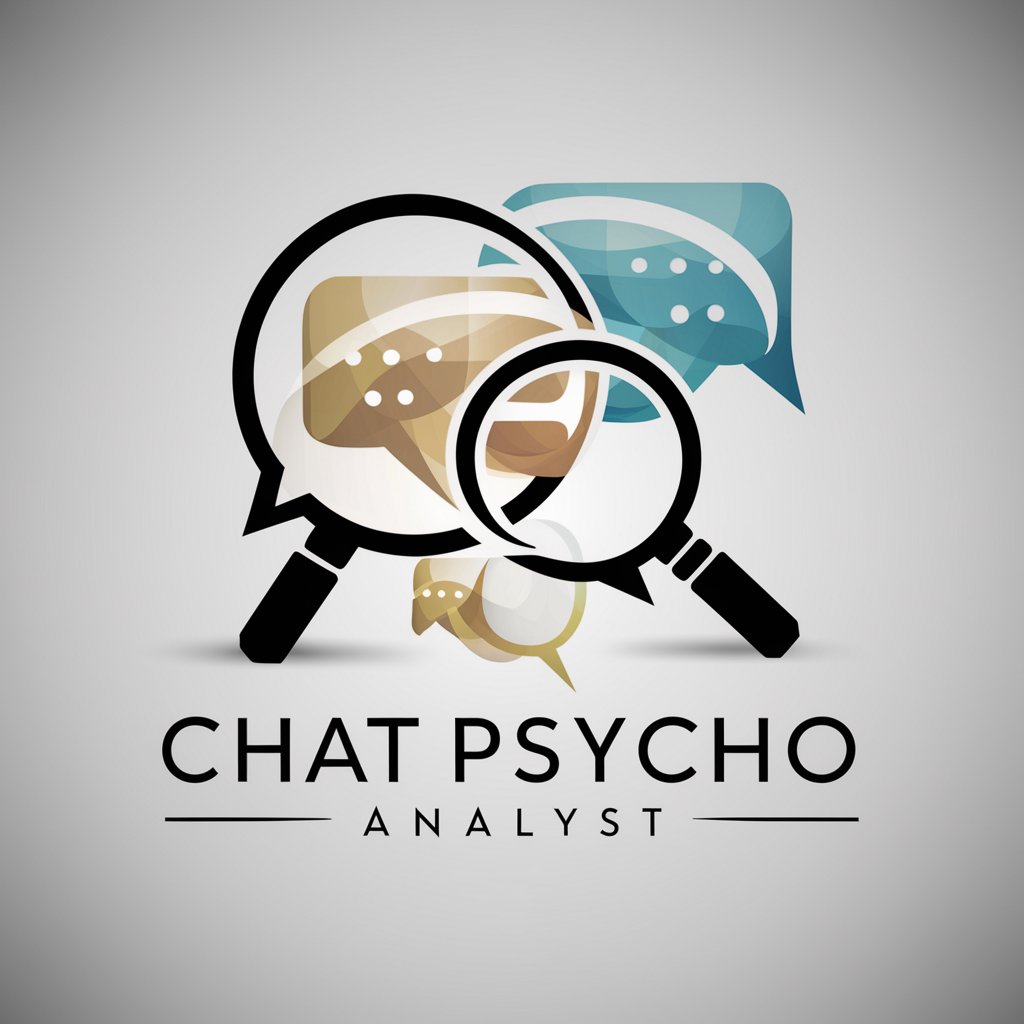
クレーム解決の達人
Empathetic AI for Effective Customer Engagement
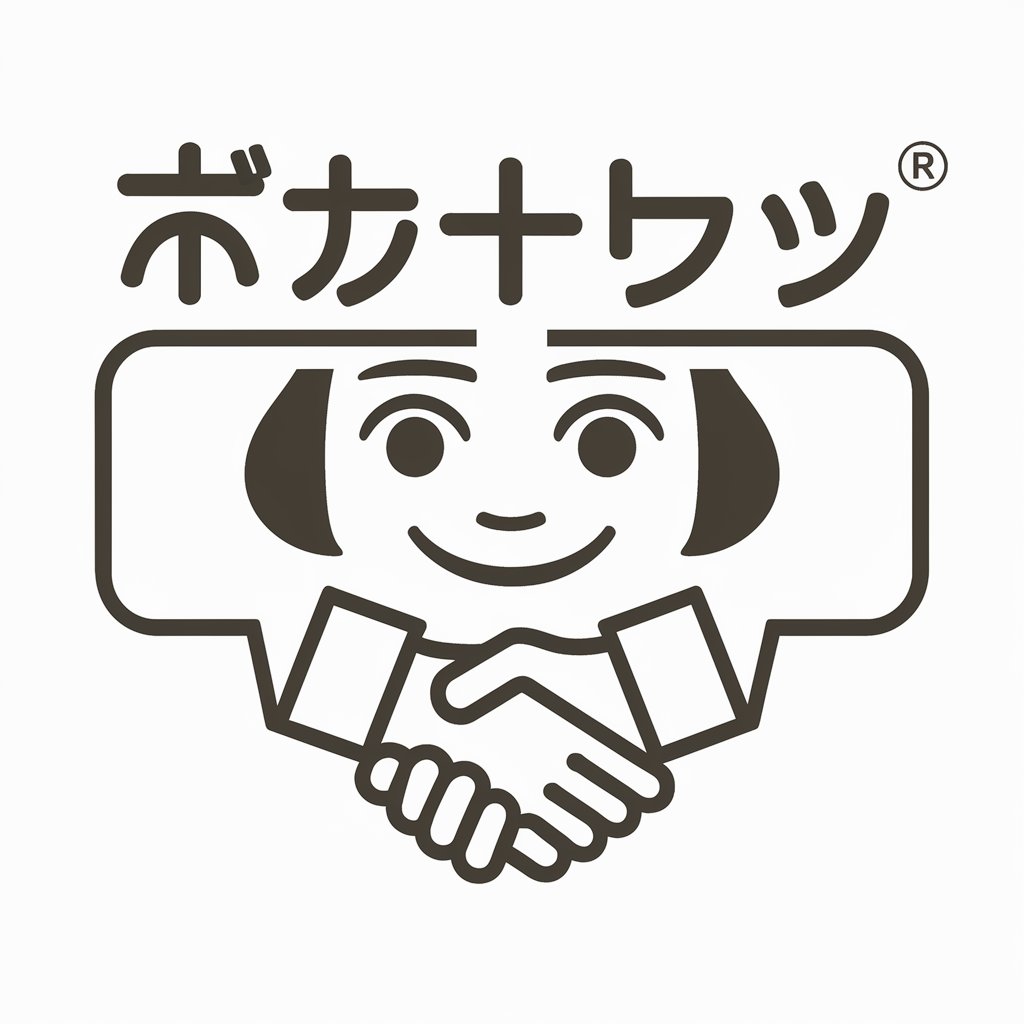
L'Olivier 🫒
Empowering your words with AI

投稿チェッカー
Elevate Your Posts with AI
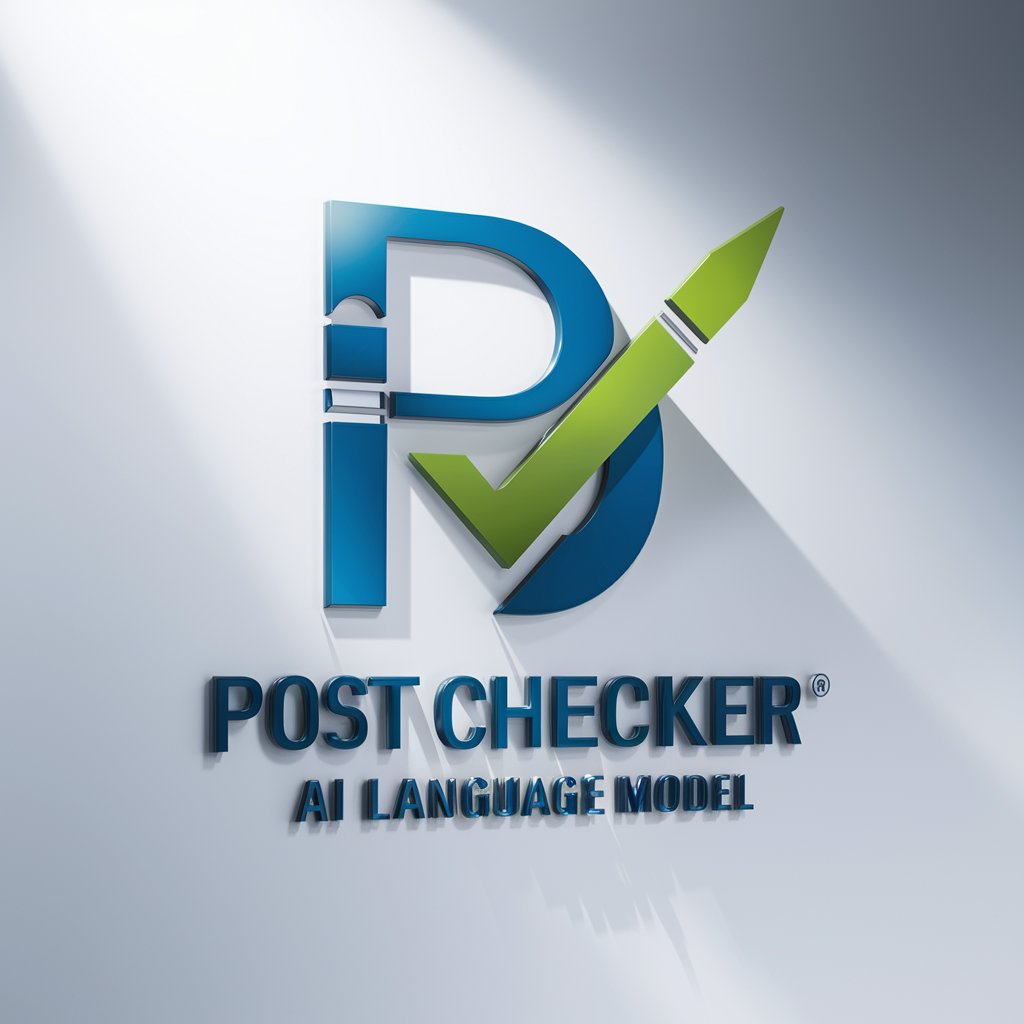
The Pull the Pin Personal Brand Builder
Crafting Your Unique Brand Story

Vibez meaning?
Capture the Essence, Elevate Your Content
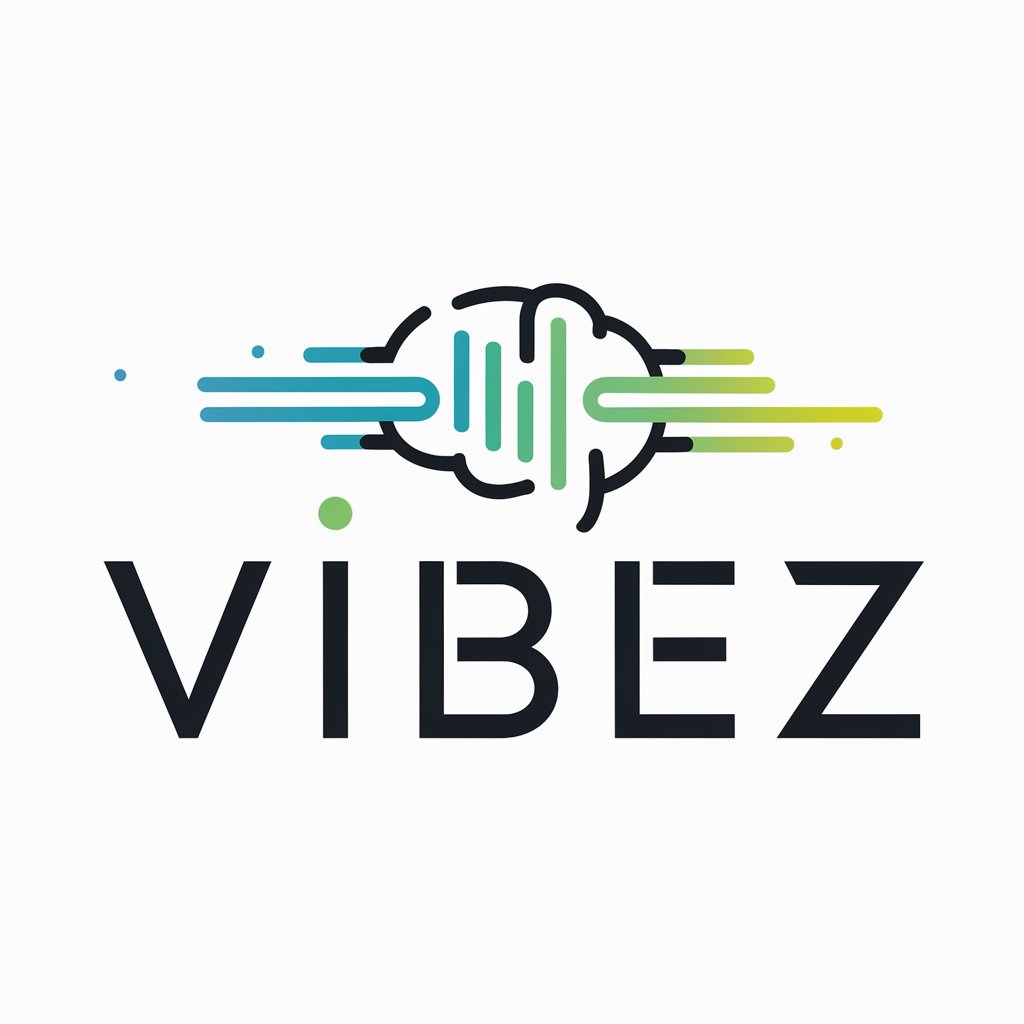
Handle Mails as a Pro Bot
Elevate your emails with AI-powered insights.
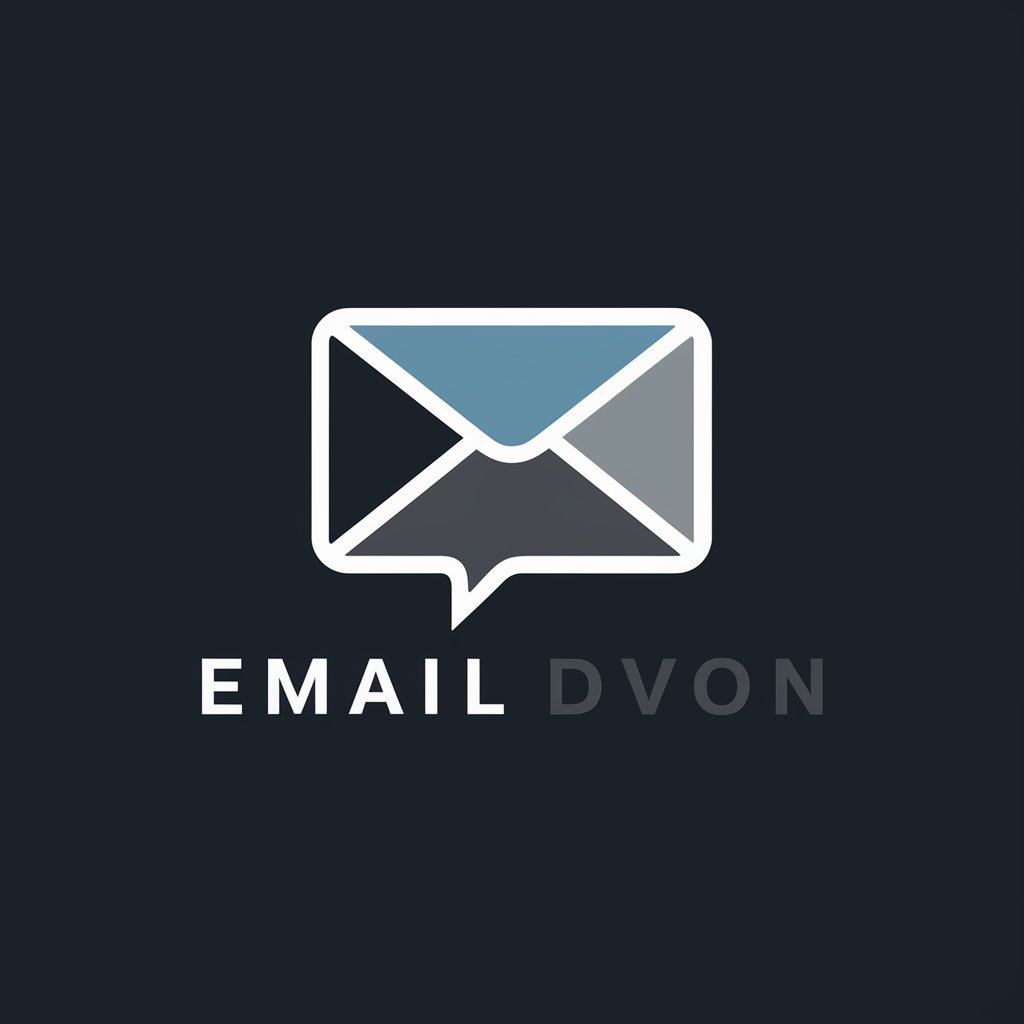
Voices meaning?
Craft Your Voice with AI
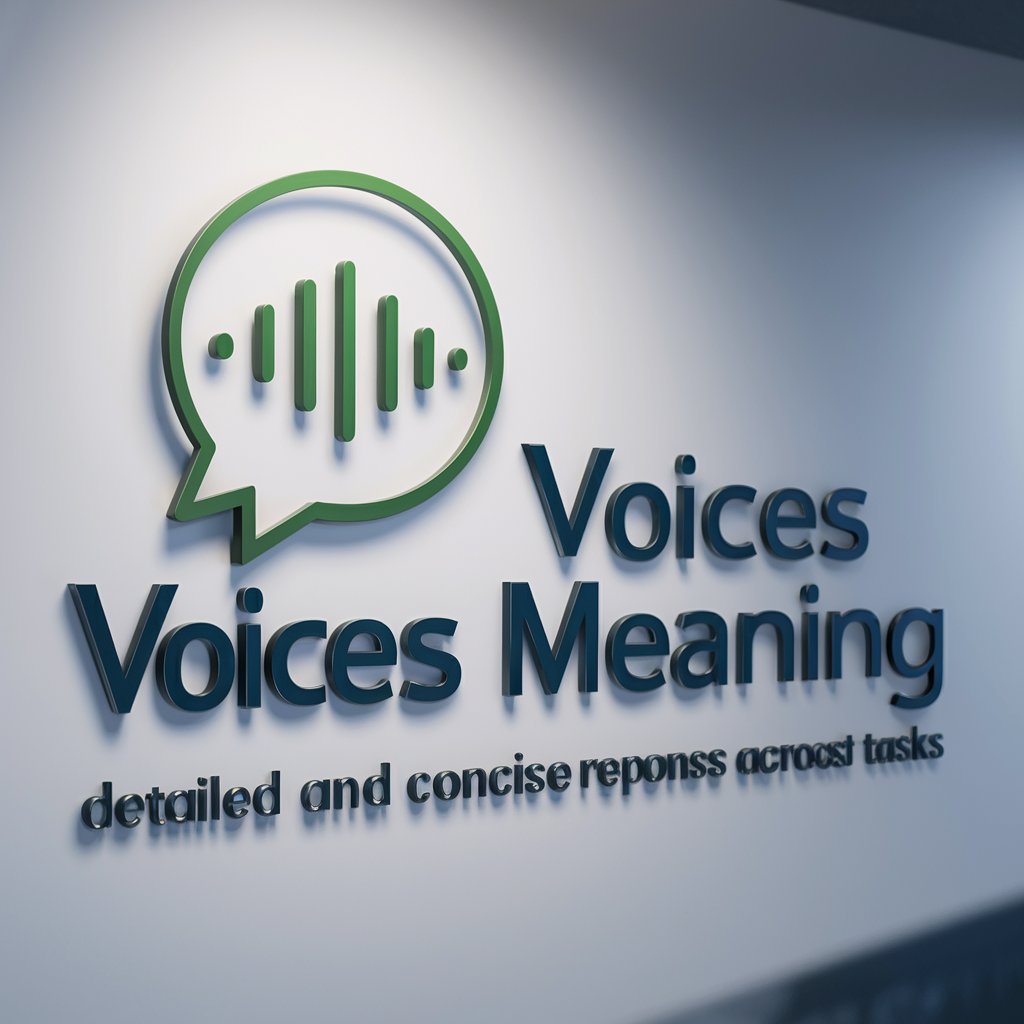
Key Attributes and Functions
AI GPTs for Tone Analysis boast several unique features that enhance their suitability for analyzing text tone. These include adaptability to different contexts and types of text, from formal documents to casual conversations. They can discern a wide range of emotional tones, such as happiness, sadness, anger, and more. Advanced models are capable of learning from new data, allowing for continuous improvement in accuracy. Special features may also include integration capabilities with various platforms, real-time analysis, and support for multiple languages, making them versatile tools for global communication.
Who Benefits from Tone Analysis Tools
AI GPTs for Tone Analysis are designed to meet the needs of a diverse audience, including content creators, customer service representatives, marketers, psychologists, and educators. These tools are accessible to individuals without coding expertise, offering user-friendly interfaces for straightforward analysis. Additionally, they provide customization options for developers and professionals who require deeper analysis or integration into existing systems, making them a versatile choice for a wide range of applications.
Try Our other AI GPTs tools for Free
Social Predictions
Discover how AI GPTs for Social Predictions are transforming our understanding of social trends and behaviors, offering data-driven insights for a variety of applications.
Branding Ideas
Discover how AI GPTs for Branding Ideas can revolutionize your branding strategy with innovative, data-driven solutions designed to enhance creativity and efficiency in developing brand identities.
Standard Comparison
Discover AI-powered GPT tools for comparing standards effortlessly. Tailored for novices and professionals alike, these tools offer deep insights, ensuring compliance and quality excellence.
Specification Guide
Explore AI GPTs for Specification Guide: your solution to generating, analyzing, and managing specifications with ease and precision. Tailored for professionals and novices alike.
Product Targeting
Discover how AI GPTs revolutionize product targeting with precise market analysis, tailored content generation, and predictive insights, all through an accessible, user-friendly platform.
Behavioral Segmentation
Discover how AI GPTs for Behavioral Segmentation utilize advanced analytics to predict consumer behaviors, enabling personalized strategies for marketers and businesses.
Expanding Horizons with AI GPTs
AI GPTs for Tone Analysis are not just tools for analyzing text; they are gateways to deeper understanding and improved communication across various sectors. Their ability to integrate with existing systems and provide user-friendly interfaces makes them adaptable to diverse environments, from customer service platforms to educational tools. As these AI models continue to evolve, their potential applications and benefits in enhancing emotional intelligence in communication are boundless.
Frequently Asked Questions
What is AI GPT for Tone Analysis?
AI GPT for Tone Analysis refers to the use of advanced AI models to analyze and interpret the emotional tone and sentiment of text, improving communication and understanding.
How does Tone Analysis AI work?
It uses natural language processing and machine learning to evaluate text, identifying emotional cues and patterns to classify the tone into categories like happy, sad, or angry.
Who can use AI GPTs for Tone Analysis?
Anyone from content creators, marketers, customer support teams, to psychologists, educators, and casual users seeking to enhance communication can use these tools.
Do I need programming skills to use these tools?
No, many AI GPTs for Tone Analysis are designed with user-friendly interfaces that require no coding knowledge for basic use.
Can AI GPTs for Tone Analysis learn from new data?
Yes, advanced models can continuously learn from new text, allowing for improved accuracy and adaptability over time.
Is real-time tone analysis possible?
Yes, some AI GPTs offer real-time analysis capabilities, making them ideal for live interactions and instant feedback.
Can these tools analyze tone in multiple languages?
Many AI GPTs for Tone Analysis support multiple languages, facilitating global communication analysis.
Are there customization options for developers?
Yes, developers can access APIs and programming interfaces to customize the tools for specific needs or integrate them into existing systems.